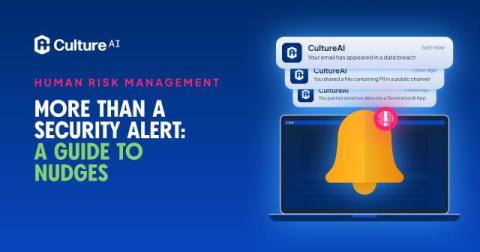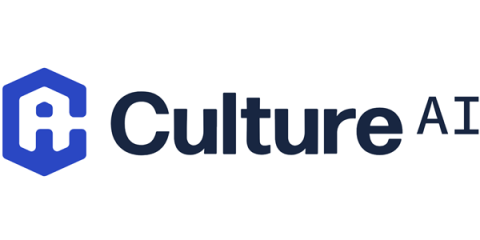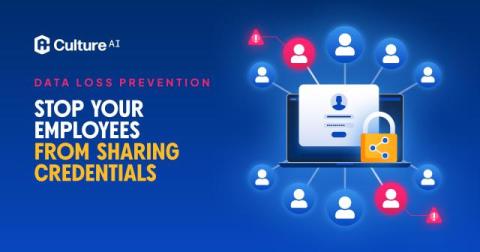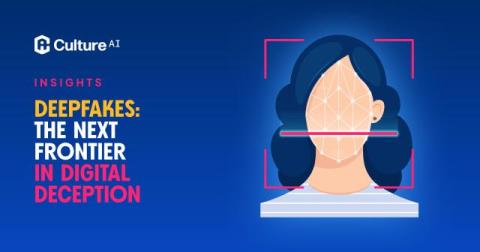Separating Hype from Reality in HRM
Human risk management (HRM) has become a more established category in recent years. This development signals a crucial shift towards enabling security teams to accurately quantify and manage workplace risks. With the rise of HRM, a variety of new technologies have also emerged on the market. However, how do you navigate the sea of buzzwords and shiny promises to pick the solution that's right for you?











